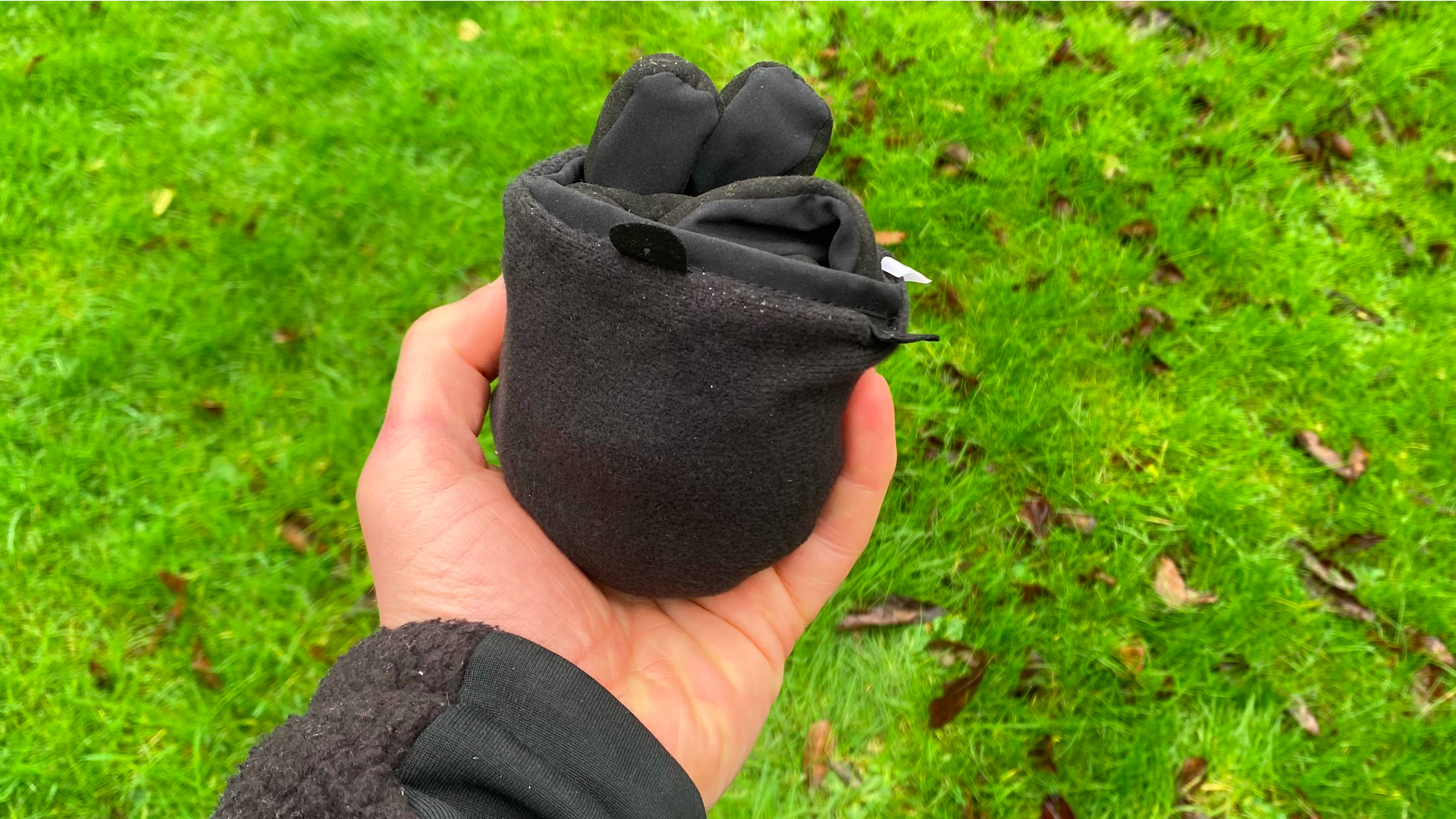
Meet the reviewer
Sealskinz Griston: first impressions
Am I expecting too much from these Could Sealskinz Griston gloves? As we move away from the depths of midwinter I’ve been looking for an all-adventure glove that will continue to keep my fingers warm and offer me some protection from the elements during active outdoor pursuits, while not absolutely cooking my hands and leaving me with sweaty palms.
• List price: $55 (US) / £40 (UK)
• Gender specificity: Men’s and women’s versions available
• Sizes: S-XXL
• Weight (pair of men’s large): 95g / 3.4oz
• Materials: Outer Layer: Polyester (92%), neoprene (5%), elastane (3%); Palm: suede (50%), polyester (50%); Middle Layer: aquasealz waterproof membrane; Inner Lining: polyester (100%)
• Colors: Black
• Compatibility: Winter hill hiking, cycling, snowsports, paddling
My list of demands for this late winter/early spring hand protection also includes a request for the gloves to have some thermal clout, without being so padded and bulky that they take up half of my daypack. I was also hoping for a degree of dexterity, and a large amount of versatility, since I enjoy a range of outdoorsy shenanigans.
It’s quite a tall order, but the waterproof, three-layer, insulated Griston gloves from renowned toasty sock and mitten makers Sealskinz looked pretty good on paper. So I took them out on the trails and on the water to give them a proper field test to see how they compare with the best hiking gloves on the market.
Before we get into how they performed, let’s have a look at what they’re made of. The Gristons have a water-repellent outer made with a technical mix of materials that provides hardwearing toughness across the main body of the glove (courtesy to the majority ingredient, polyester), good grip on the palm (thanks to the suede) and excellent stretch, supplied by the elastane element.
The gloves have a soft-feel inner, and between these layers sits a breathable waterproof membrane that prevents rain from soaking in, while still letting the vapor that builds up around your hands when you’re hill walking or otherwise exerting yourself, pass through.
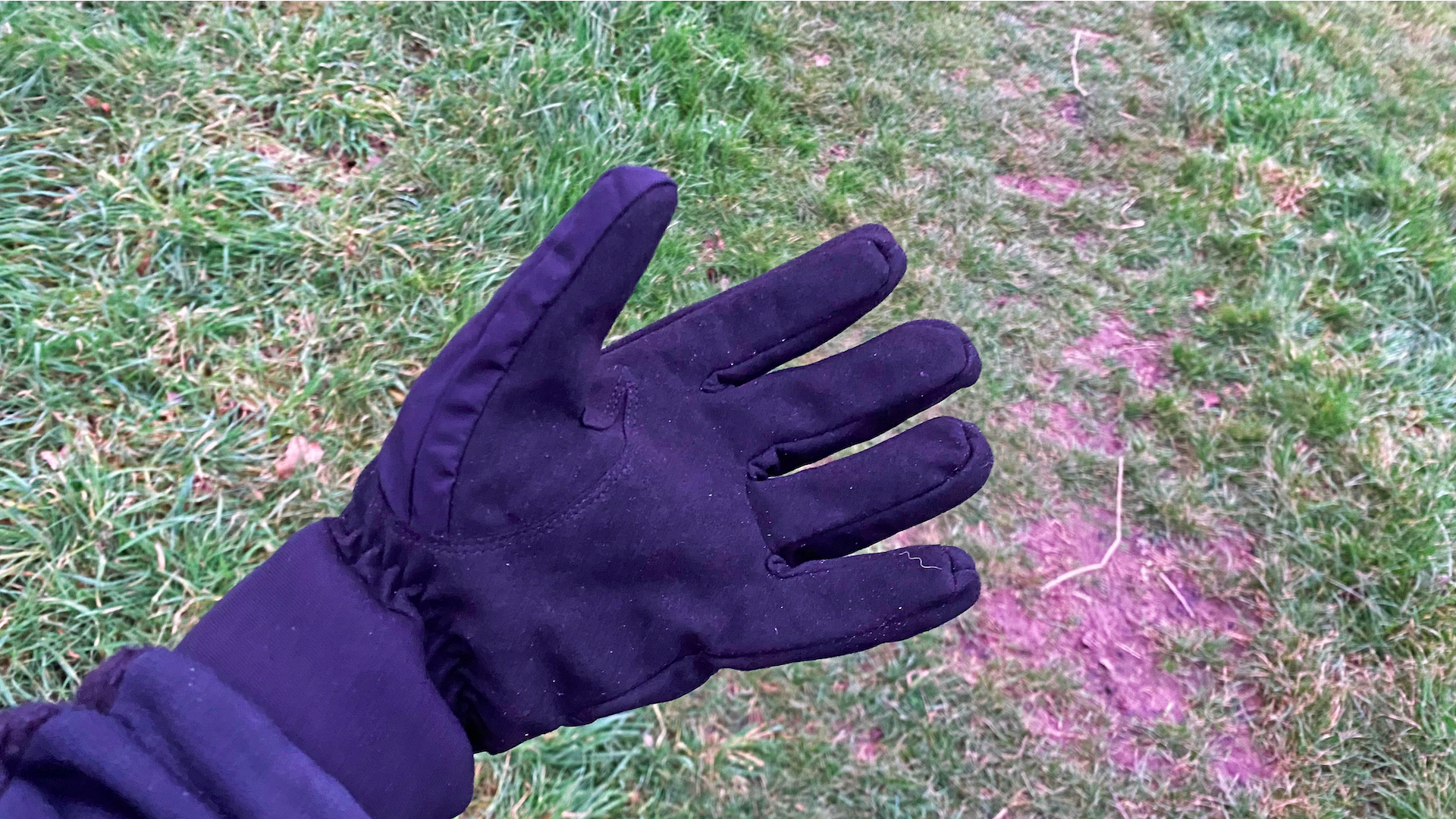
Sealskinz Griston: on the trails
I’ve been putting the Griston gloves from Sealskinz through their paces during December, January and February, in the chilly hills and cold-water conditions of coastal Devon in Britain’s Southwest. (I should note that the test pair I received have a slightly different outer design to the current model on the Sealskinz website, which has more prominent design elements and a more visibly contoured palm. But the core design, functionality, fit and suitability of this glove remains the same as on the pair I field tested.)
These are not the chunkiest of gloves, which is both a benefit and a limitation. Although they wouldn’t be my first choice for finger protection in the frozen depths of midwinter in the Scottish Highlands, or anywhere else where temperatures regularly head south of -5°C, for the conditions I was testing them in (with the mercury generally hovering around zero) they proved absolutely perfect.
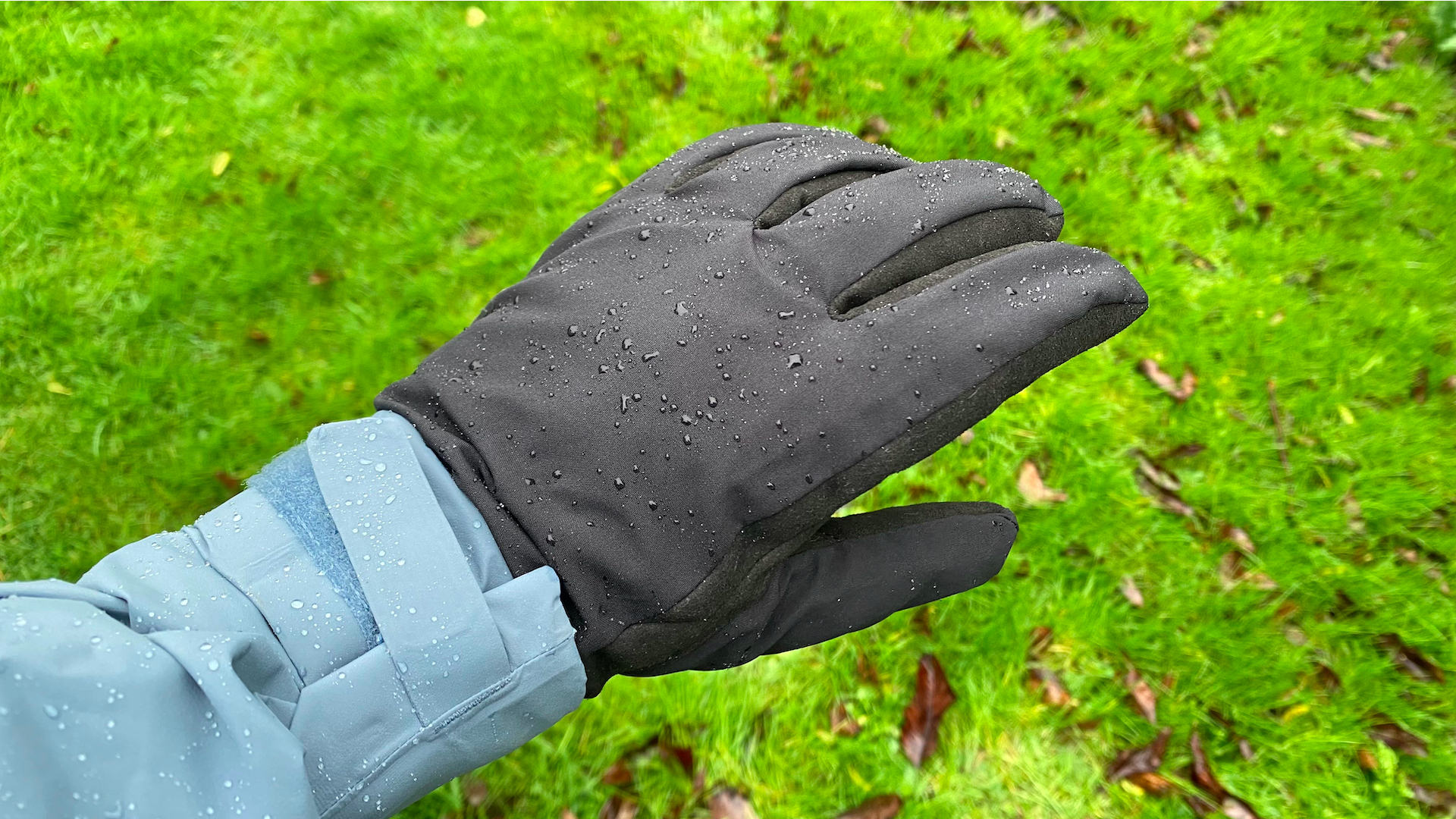
The winter and shoulder seasons tend to be rain-strafed and chilly here, rather than properly finger-numbing freezing, and as such a lightweight three-layer glove offering breathable waterproof cover and reasonable thermal protection (exactly like the Griston) is infinitely better suited to the conditions than a chunky monkey mitten designed for proper polar-extreme cold.
Having said that, being insulated and breathable, these versatile gloves are well suited to a range of fairly vigorous outdoor activities when it’s really cold, and can conceivably be used for running when conditions are absolutely Baltic – possibly over the top of thinner, more tight-fitting running gloves (especially since the fit is fairly generous). I’ve worn the Gristons on hill hiking escapades, various biking outings and while winter paddling on my stand up paddleboard and in a kayak.
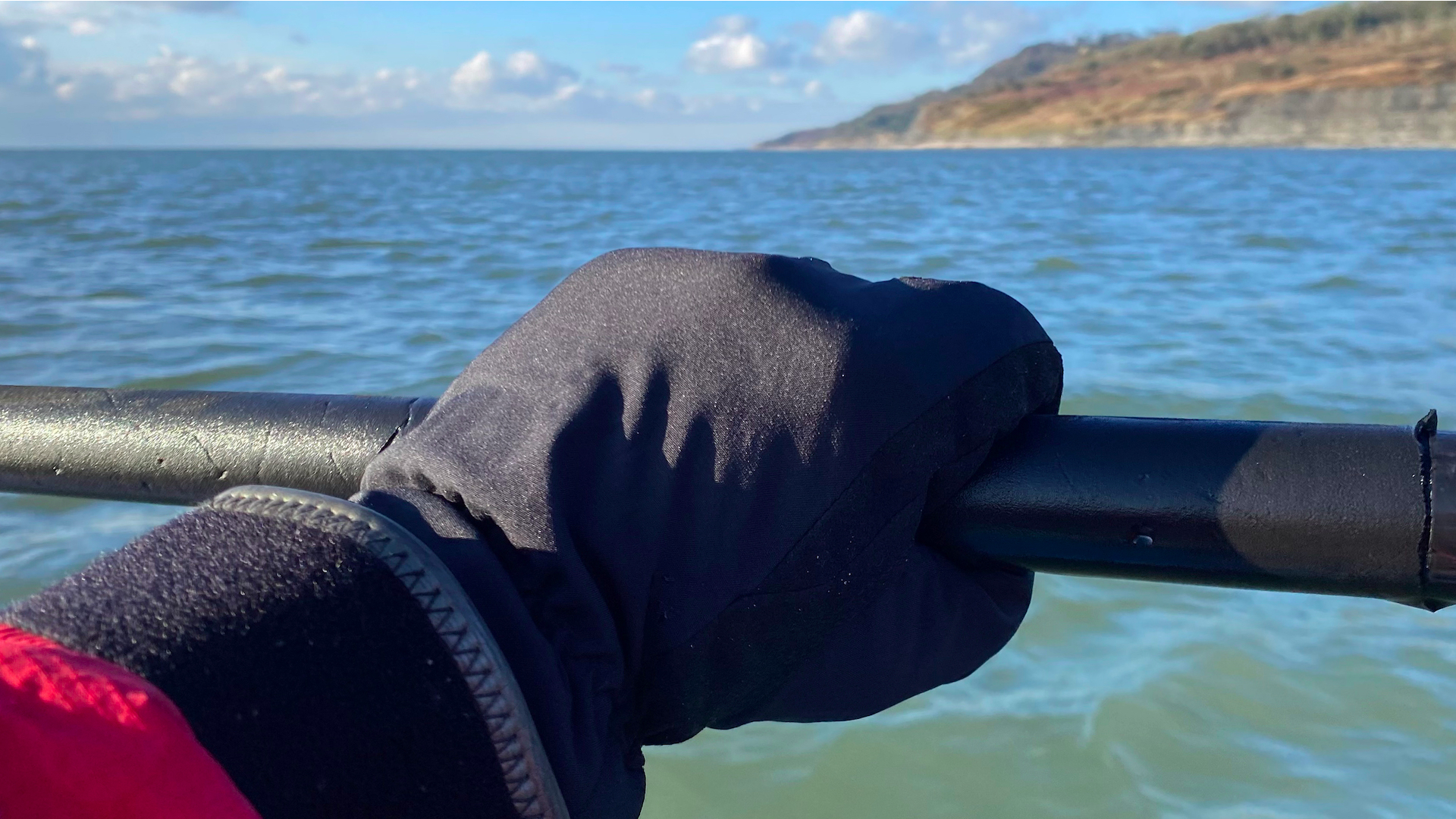
The Gristons boast a brushed-finish, sumptuously soft inner material that makes them very comfortable to wear, even for long periods of time. But the big benefit of the Griston gloves (especially when worn in more moderate conditions) is that once they’ve done their job by keeping your hands warm for the confrontingly cold start that everyone has to endure at the outset of a winter adventure, they are very light and simple to carry if and when you decide you no longer need them.
They feature a connecting system, to keep the pair together when not in use and reduce the risk of one getting lost, and roll up into a ball that can easily be stuffed into the pocket of a puffer jacket, hiking backpack, daypack or hydration pack.
The fact that they are waterproof and have good grip means they are suitable for paddle pursuits as well as land-based adventures, but one frustration I did have was with the lack of a proper seal or tightening system around the wrist, which means that water can make its way inside by running down your arm or sleeve and into the opening, especially when kayaking or canoeing.
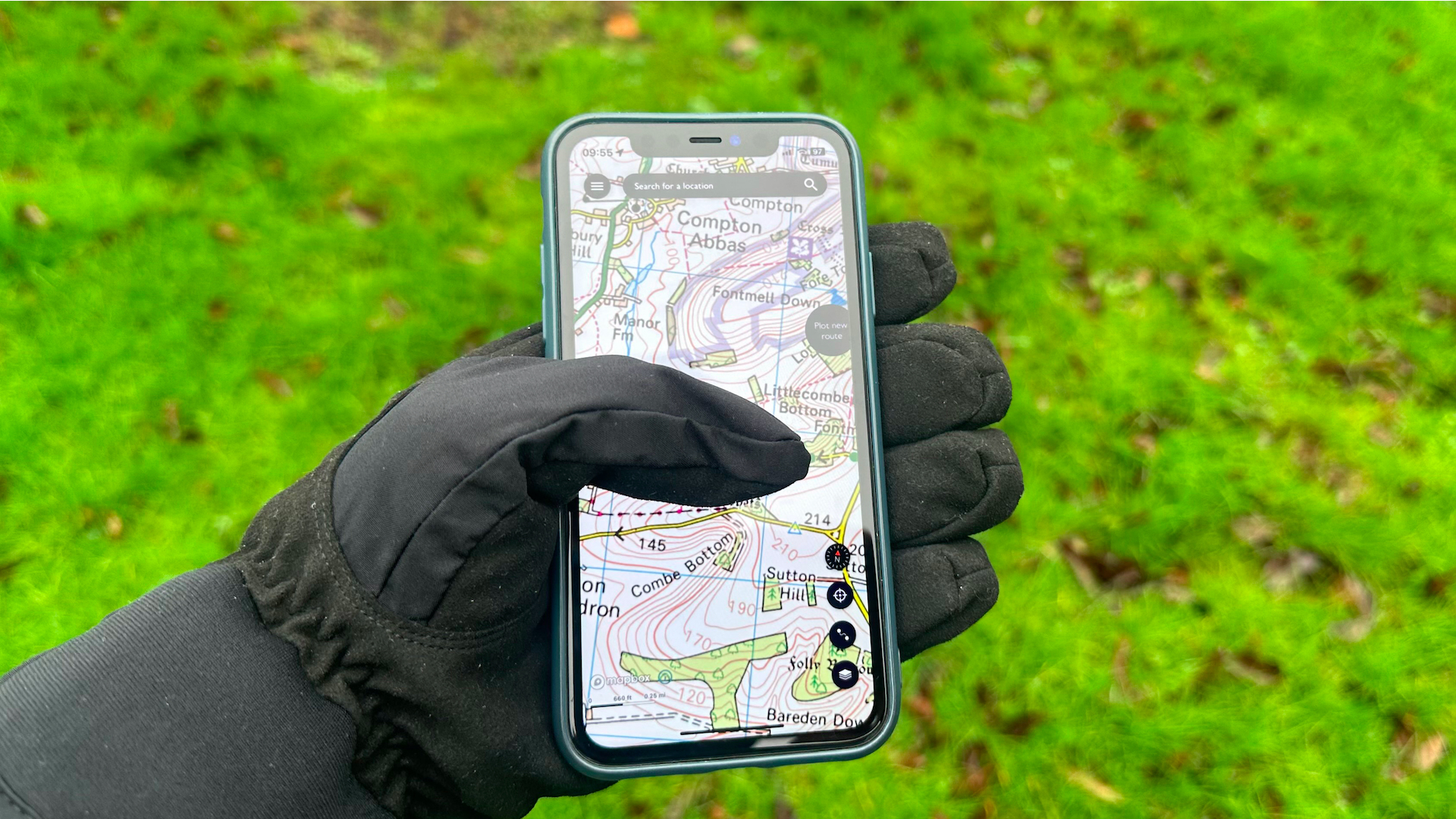
There is a small gauntlet on the glove, which comfortably covers your wrist joint and supplies reasonable wind protection, but it’s baggy and you can’t tighten it, so when you’re walking in heavy, wet weather or engaged in water pursuits, you really need to be careful about getting the sleeve of your rain jacket or cag over the top of the glove.
The Gristons have pre-curved fingers, which adds to the functionality and comfort of the garment. They don’t offer quite same level of dexterity as more tight-fitting gloves can supply, but because they’re relatively thin I found I could operate zips and do up laces on hiking boots and walking shoes with no problem.
They are also tactile enough to use on touch-screen digital devices, which is handy for navigation and communication (as well as maintaining your Wordle streak…). The sizing is quite generous, which is something to be aware of – if you’re hovering between sizes, err on the smaller side.
